Engine mounts serve a simple but essential function: they secure your vehicle’s engine to the chassis and absorb the vibration caused by the engine’s operation.
When engine mounts start to wear out, they lose their ability to cushion the engine, leading to rougher rides and possible engine or transmission damage.
But how do you know when it’s time to replace engine mounts? Let’s dive into the 9 most common warning signs that indicate it’s time to take action.
9 Warning Signes to Replace Engine Mounts
Excessive Vibration
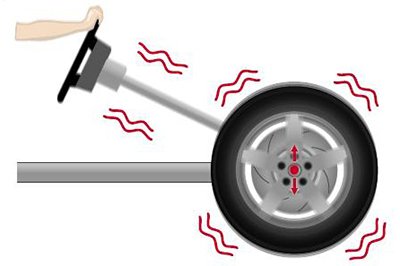
One of the earliest signs of worn engine mounts is a noticeable increase in vibration. Engine mounts are designed to dampen the vibrations caused by engine operation, ensuring a smooth ride. When they start to fail, you’ll begin to feel more shaking than usual—whether you’re driving or idling.
If you start to feel vibrations through the steering wheel, seats, or floor, it’s a key indicator that your engine mounts are deteriorating. As the mounts lose their ability to absorb vibration, driving becomes uncomfortable and potentially damaging to other vehicle components.
Unusual Engine Noise

Is your engine suddenly making strange noises? A bad engine mount sound typically includes knocking, clunking, or banging, especially when accelerating or driving over bumps. This noise happens because a failing engine mount allows the engine to move more than it should, causing it to bang against other parts of the engine bay.
If you hear sounds resembling metal-on-metal contact, your engine mounts may no longer be doing their job.
Engine Movement
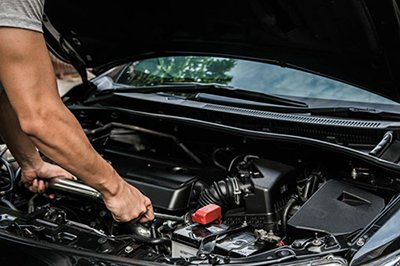
A well-functioning engine mount holds the engine securely in place. If you pop the hood and see your engine shifting or rocking significantly, it’s a major red flag.
Visible engine movement indicates that the mounts are no longer stable. This can lead to further mechanical issues as components shift out of alignment or get strained by excessive movement.
Leaking Fluid (For Hydraulic Mounts)
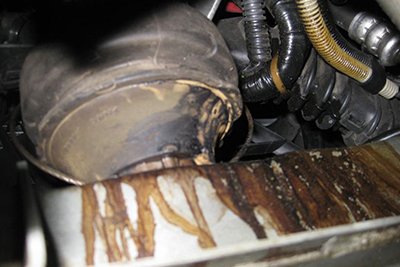
Hydraulic engine mounts, found in some vehicles, contain fluid to enhance vibration dampening. While they offer excellent performance, they can begin to leak as they age.
If you detect fluid leaking from an engine mount, it’s a clear indication that the hydraulic mount is no longer functioning properly and needs to be replaced. Ignoring this issue can result in a complete loss of vibration control, causing a rough and potentially damaging driving experience.
Rough Start or Shutdown

Another sign to watch for is how your car behaves when you start or shut off the engine. If your car shakes excessively during startup or shutdown, this may indicate that your engine mounts have worn down.
This symptom is common in older vehicles, and it’s often discussed in automotive forums like “When to replace engine mounts Reddit” where users share their experiences with aging cars.
Visual Wear and Tear
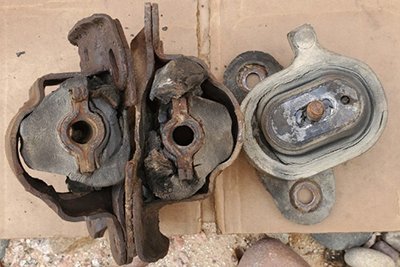
If you think there might be an issue with your engine mounts, a visual inspection can be helpful. Look for signs of wear such as cracks in the rubber, rust, or parts that appear to be separating.
Since engine mounts are usually made from rubber and metal, they can wear down over time due to exposure to heat, oil, and regular use. If you notice any of these signs, it’s a good idea to replace engine mounts before the situation gets worse.
Misalignment
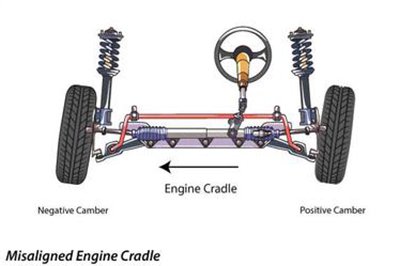
Worn or damaged engine mounts can cause the engine to shift, leading to misalignment of certain components. One typical issue is with the drive belts, which may produce squealing noises or wear out more quickly. If you observe odd sounds or notice your drive belt deteriorating faster than expected, the engine mounts may be the cause. Ensuring proper alignment is key to keeping your engine in good condition.
Transmission Issues

Did you know that failing engine mounts can affect your transmission, too? If your engine is moving more than it should due to faulty mounts, this movement can interfere with the transmission’s performance.
Rough shifting, delayed gear engagement, or jerky movements while driving can all be signs that your engine mounts are no longer providing the necessary stability for the transmission to function smoothly.
Engine Bay Damage
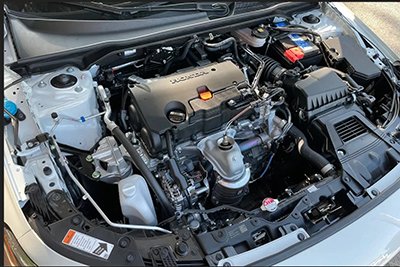
One of the worst outcomes of ignoring engine mount failure is potential damage to other parts of your vehicle. As the engine moves excessively due to worn mounts, it can hit and damage surrounding components, such as hoses, belts, and wiring.
This is why it’s crucial to replace failing mounts as soon as you notice any of the symptoms. If left unchecked, engine movement can lead to costly repairs in the engine bay and potentially leave you stranded.






